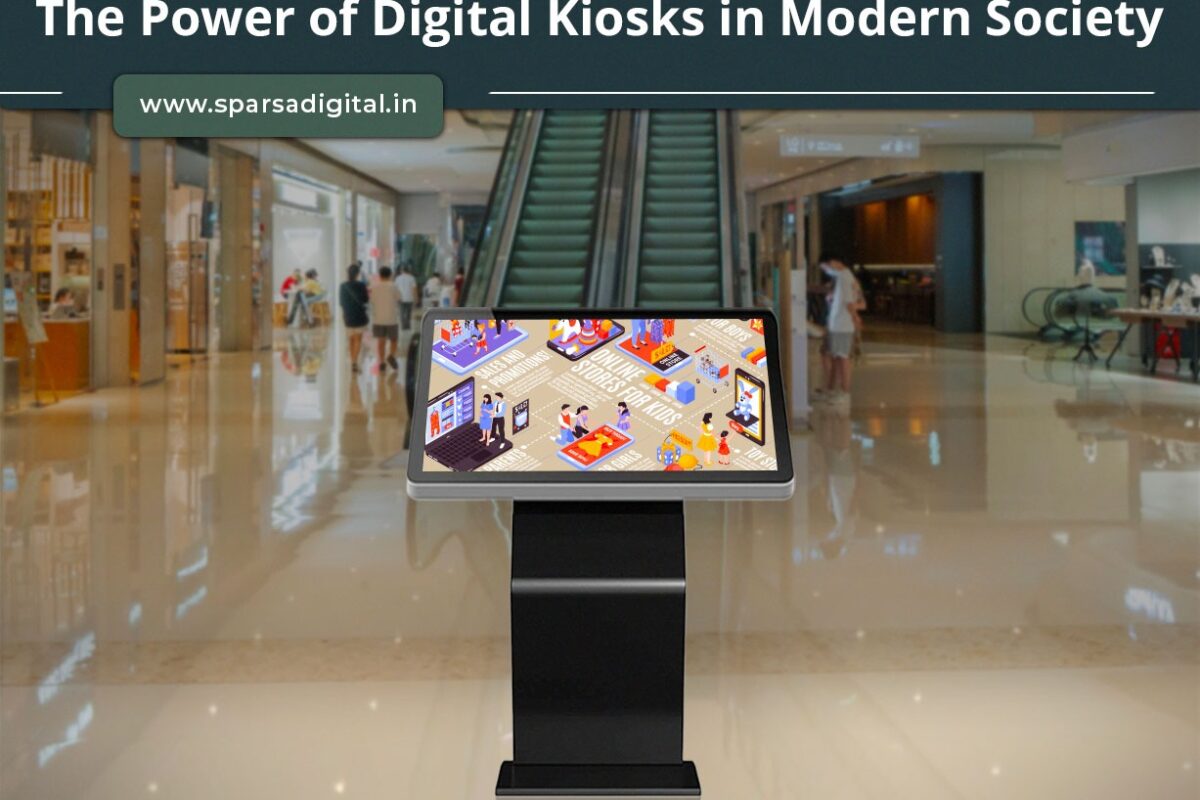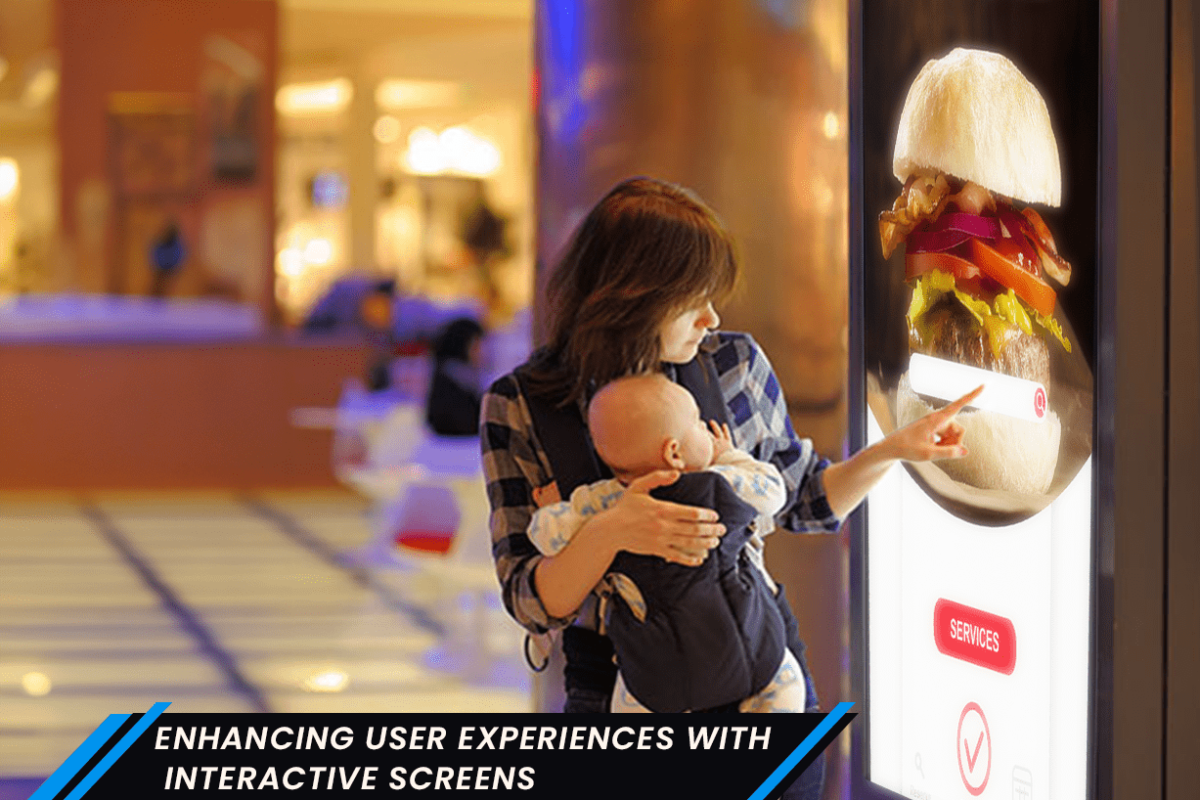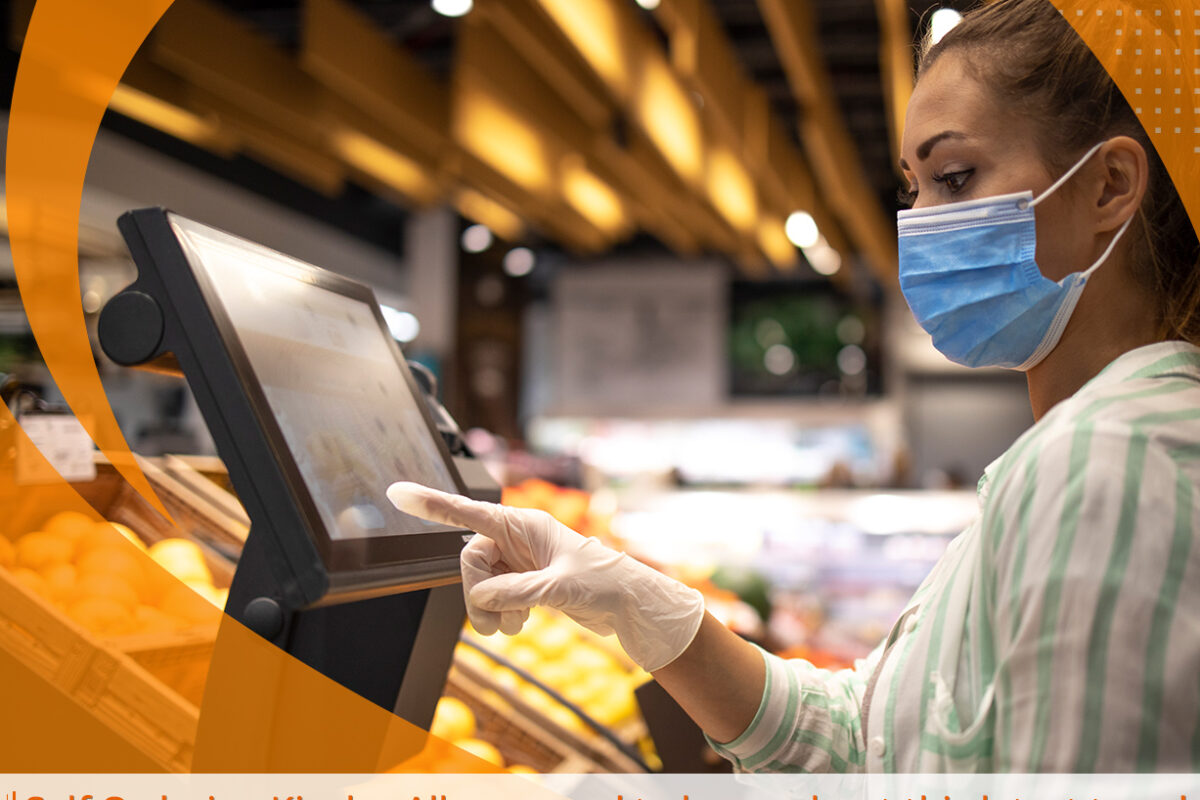In the fast-paced world of technological advancements, digital kiosks have emerged as a transformative force, reshaping how businesses interact with customers and how people engage with information. These interactive displays offer a myriad of functionalities, from providing wayfinding assistance in malls to facilitating self-checkout at retail stores. This blog delves into the significance of digital kiosks, exploring their evolution, applications across various industries, benefits, challenges, and the future of this dynamic technology.
Evolution of Digital Kiosks
Digital kiosks have come a long way since their inception. Initially conceived as standalone terminals for basic information dissemination, they have evolved into sophisticated multimedia platforms. The advent of touchscreen technology revolutionized user interaction, enabling intuitive navigation and personalized experiences. From simple touch-based interfaces to advanced gesture recognition and voice commands, digital kiosk machines continue to evolve, leveraging cutting-edge innovations to enhance user engagement.
Applications Across Industries
The versatility of digital kiosks has led to their widespread adoption across diverse industries. In the retail sector, they serve as interactive catalogs, allowing customers to browse products, check availability, and make purchases seamlessly. Similarly, in the hospitality industry, digital kiosks streamline check-in processes, reducing wait times and enhancing guest satisfaction. Moreover, in healthcare settings, these kiosks facilitate patient registration, appointment scheduling, and wayfinding, improving operational efficiency and patient experience.
Benefits of Digital Kiosk Machines
Digital kiosks have become increasingly important for modern businesses due to their ability to enhance customer engagement, streamline operations, and drive overall business efficiency. Here are several reasons why digital kiosks are considered essential for any modern business:
Enhanced Customer Experience:
Self-Service Options: Digital kiosks allow customers to independently access information, browse products, place orders, and make payments. This self-service approach enhances convenience and expedites transactions, contributing to a positive customer experience.
Personalization: Advanced digital kiosks can leverage data analytics to offer personalized recommendations and promotions based on customer preferences, creating a more tailored and engaging interaction.
Increased Operational Efficiency:
Queue Reduction: In sectors like retail and hospitality, digital kiosk machines facilitate self-checkout and self-service options, reducing waiting times and optimizing resource utilization.
Automation of Routine Tasks: Digital kiosks automate repetitive tasks such as order processing, check-ins, and information dissemination, reducing the workload on staff and improving operational efficiency.
Cost Savings:
Labor Cost Reduction: By automating certain tasks that would otherwise require human assistance, businesses can reduce labor costs and allocate resources more strategically.
Paperless Transactions: Digital kiosks contribute to environmental sustainability by promoting paperless transactions, reducing the costs associated with printing and managing physical documentation.
Data Collection and Analysis:
Consumer Insights: Digital kiosk machines enable businesses to gather valuable data on customer behavior, preferences, and demographics. This data can be analyzed to gain insights into market trends, allowing businesses to make informed decisions and tailor their offerings to meet customer expectations.
Flexibility and Adaptability:
Dynamic Content: The content displayed on digital kiosks can be easily updated and customized, allowing businesses to adapt to changing promotions, pricing, or information without the need for physical reprinting.
Multi-Purpose Use: Digital kiosks can serve various functions, from displaying product information to providing wayfinding assistance, making them versatile tools that can be adapted for different business needs.
Competitive Advantage:
Technological Innovation: Embracing digital kiosk machines demonstrates a commitment to technological innovation, which can set a business apart from competitors. It signals to customers that the business is forward-thinking and invested in providing a modern and efficient experience.
Marketing and Branding Opportunities:
Interactive Marketing: Digital kiosks provide opportunities for interactive marketing campaigns, allowing businesses to showcase products, promotions, and brand messages in an engaging and attention-grabbing manner.
Brand Consistency: Digital kiosk machines help maintain consistent branding by ensuring that information and visuals align with the overall brand identity.
Adaptation to Changing Consumer Behavior:
Preference for Digital Interaction: Modern consumers, especially younger demographics, often prefer digital interactions. Digital kiosks align with this preference, meeting customers on their terms and providing a familiar and intuitive interface.
Challenges and Considerations
Despite their numerous benefits, digital kiosks are not without challenges. Security concerns, including data privacy and cyber threats, remain a significant issue, particularly in sectors handling sensitive information such as financial services and healthcare. Ensuring robust cybersecurity measures, including encryption protocols and secure authentication mechanisms, is essential to mitigate risks and safeguard user data.
Furthermore, usability and accessibility are critical considerations in designing digital kiosk interfaces. Poorly designed interfaces can frustrate users and undermine the effectiveness of digital kiosks. Therefore, adopting principles of user-centered design, such as intuitive navigation, clear instructions, and inclusive features for users with disabilities, is essential to ensure a positive user experience.
Future Trends and Innovations
Looking ahead, the future of digital kiosk machines is brimming with possibilities. Advancements in artificial intelligence (AI) and machine learning are poised to revolutionize user interactions, enabling more seamless and personalized experiences. Predictive analytics will empower digital kiosk machines to anticipate user needs and preferences, offering tailored recommendations and proactive assistance.
Moreover, the integration of augmented reality (AR) and virtual reality (VR) technologies will unlock new dimensions of immersive engagement. From virtual product demonstrations to interactive simulations, AR and VR capabilities will enhance the utility and entertainment value of digital kiosks across various domains.
Conclusion
In conclusion, digital kiosk machines have emerged as indispensable tools for enhancing customer engagement, streamlining operations, and driving business growth. Their widespread adoption across industries underscores their versatility and efficacy in meeting the evolving needs of modern society. However, addressing security concerns, optimizing usability, and embracing emerging technologies are crucial steps in unlocking the full potential of digital kiosks. As we continue to innovate and integrate these dynamic platforms into our daily lives, the possibilities for enriching user experiences are virtually limitless.



